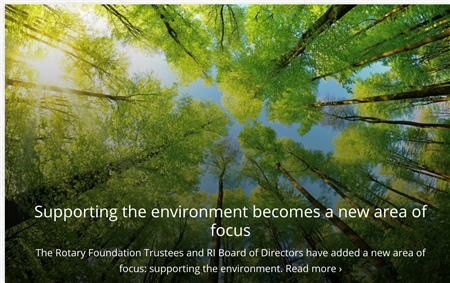
Speaking the World Back to Life
Last year my wife and I invested time in observing a family of beavers near our house. “Look at ‘it’s’ little hands…is ‘it’ a beaver or muskrat? Where is ‘it’ going…” After, several days we began to wonder if “it”, the beaver, was a male or female. In this curiosity we discovered how our language was conditioning our relationship to the natural world.
Inadvertently, we were objectifying this industrious being to an “it”. At first this seems relatively harmless, but if we pause to consider the potential impact of attending to the natural world in this way, it may be precisely what justifies some of our most egregious acts of injustice against the living world. For example, does it feel different if you see a spider or mosquito and someone yells out “kill it”, compared to hearing “kill them/him/her.”
In English whenever we ascribe pronouns it brings forth the dignity of life. In indigenous traditions it is common to speak of mother earth, father sky, the tree people, and rock people. This way of speaking invites us to attend to the animacy of the world. Best selling author and botanist, Rachel Wall Kimmerer, writes,
a grammar of animacy could lead us to whole new ways of living in the world, other species a sovereign people, a world with a democracy of species, not a tyranny of one–with moral responsibility to water and wolves, and with a legal system that recognizes the standing of other species…But there is more to it. I have heard our elders give advice like ‘You should go among the standing people’ of ‘Go spend time with the Beaver people.’ They remind us of the capacity of others as our teachers, as holders of knowledge, as guides.
In a spirit of animacy we invite you attend to your speech about humans and non-humans alike. Through this attention might we restore a kinship with nature, each other, and ourselves?
As Rotarians, let us continue to support our 7th area of focus, protecting the environment, and CAREfully speak the world back to life.